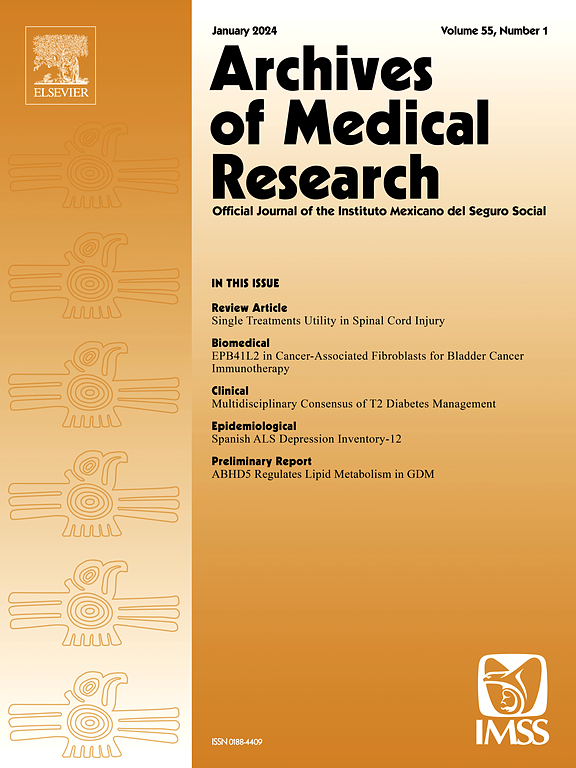Phase Angle/C-reactive Protein-Index as a Novel Combined Tool for Predicting Liver-Related Hospitalizations in MASLD-Decompensated Cirrhosis
IF 3.4
3区 医学
Q1 MEDICINE, RESEARCH & EXPERIMENTAL
引用次数: 0
Abstract
Background
Phase angle (PA), a bioelectrical impedance analysis (BIA)-assessable marker of sarcopenia, can accurately predict hospitalizations in advanced chronic liver disease (ACLD). PA has never been specifically investigated in metabolic dysfunction-associated steatotic liver disease (MASLD). Sarcopenia is commonly observed in patients with MASLD, whereas individuals with compensated ACLD (cACLD)-MASLD progress more rapidly to decompensated ACLD (dACLD).
Aims
To evaluate the PA values across the different stages of liver disease progression in MASLD, and to estimate the accuracy of the novel PA/C-reactive-protein (CRP) index (PAC-I) in predicting 3 month further liver-related events (LREs) and hospitalizations in MASLD-dACLD.
Methods
Patients with MASLD were consecutively enrolled and stratified according to liver stiffness measurement (LSM) and eventual previous LREs in ≤F3 fibrosis (AF), cACLD, and dACLD. At baseline, anthropobiochemical, nutritional, and clinical data were collected. Patients with MASLD-dACLD were followed up, and further LRE-determining hospitalizations within the subsequent three months were recorded.
Results
In patients with MASLD, PA values were inversely correlated with LSM, and progressively decreased according to the worsening of liver disease (cACLD vs. dACLD, p <0.0001). In patients with dACLD, PA inversely correlated with CRP levels. PAC-I showed greater accuracy and superiority compared to PA alone in predicting the occurrence of further LREs within three months (PAC-I <2.35: optimal cut-off). Consistently, patients with dACLD with PAC-I <2.35 presented a higher risk of further LREs.
Conclusions
In MASLD, PA correlates with disease progression status. PAC-I represents a useful noninvasive tool in predicting short-term liver-related hospitalizations in dACLD.
相位角/ c反应蛋白指数作为预测masld失代偿肝硬化患者肝脏相关住院的新组合工具
背景:相位角(PA)是一种生物电阻抗分析(BIA)可评估的肌肉减少症标志物,可以准确预测晚期慢性肝病(ACLD)的住院情况。PA在代谢功能障碍相关的脂肪变性肝病(MASLD)中从未被专门研究过。肌少症在MASLD患者中很常见,而代偿性ACLD (cACLD)-MASLD患者发展到失代偿性ACLD (dACLD)的速度更快。目的:评估MASLD肝病进展不同阶段的PA值,并评估新型PA/ c -反应蛋白(CRP)指数(PAC-I)预测MASLD- dacld 3个月进一步肝脏相关事件(LREs)和住院的准确性。方法:根据肝硬度测量(LSM)和≤F3纤维化(AF)、cACLD和dACLD的最终LREs,对MASLD患者进行连续入组和分层。基线时,收集人体生化、营养和临床数据。对masld - dld患者进行随访,并在随后的三个月内记录进一步确定lre的住院情况。结果:在MASLD患者中,PA值与LSM呈负相关,并随着肝病的恶化而逐渐降低(cACLD vs. dACLD, p)。结论:在MASLD中,PA与疾病进展状态相关。pac - 1是预测dACLD短期肝脏相关住院的一种有用的无创工具。
本文章由计算机程序翻译,如有差异,请以英文原文为准。
求助全文
约1分钟内获得全文
求助全文
来源期刊

Archives of Medical Research
医学-医学:研究与实验
CiteScore
12.50
自引率
0.00%
发文量
84
审稿时长
28 days
期刊介绍:
Archives of Medical Research serves as a platform for publishing original peer-reviewed medical research, aiming to bridge gaps created by medical specialization. The journal covers three main categories - biomedical, clinical, and epidemiological contributions, along with review articles and preliminary communications. With an international scope, it presents the study of diseases from diverse perspectives, offering the medical community original investigations ranging from molecular biology to clinical epidemiology in a single publication.
 求助内容:
求助内容: 应助结果提醒方式:
应助结果提醒方式:


